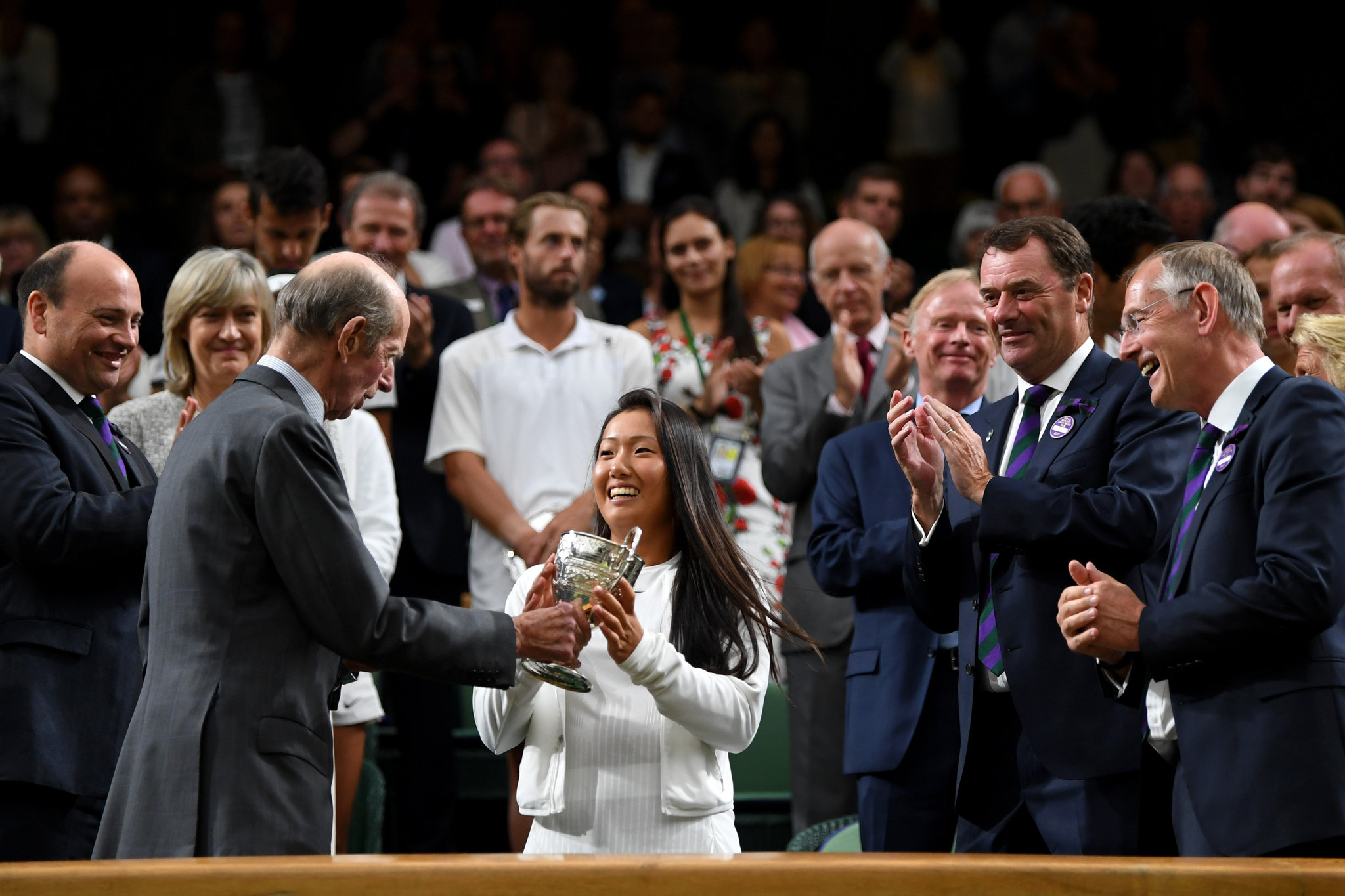
Claire Liu, a Rising Teenage Tennis Player, Reaches a Crossroad
Gennette, the coach of California Lutheran University’s men’s tennis program, immediately noticed that Liu could put topspin on the ball. When Liu was 8, he said, she had great footwork and court awareness.
“She was able to hit an on-the-rise drive, on the run, with a change of direction,” Gennette said. “And she could do it consistently. She was just better than the rest, with more skills to fall back on.”
In her earliest tournaments, Liu went deep into regional and national draws. Around this time, many young hopefuls would have moved to South Florida, where many Grand Slam champions have started their journeys. But Liu stayed home.
“I never felt pressure to follow everyone else,” Liu said. “My coaches and parents were really supportive in letting me make my own decisions, and not pressuring anything.”
Breaking the mold motivated Liu to practice seven days a week.
“I told her she had to take a day off, but she just wouldn’t do it,” Gennette said.
She also read “A Champion’s Mind” by Pete Sampras; “Open” by Andre Agassi; “Beyond Center Court” by Tracy Austin; “Holding Serve” by Michael Chang; and “Rafa” by Rafael Nadal. Perhaps that was why Martin Blackman, general manager of player development for the U.S.T.A., said Liu “has one of the highest tennis I.Q.s of any young player on court right now.”
The Liu family home is far from a shrine to tennis. There are hardly any trophies in sight, and the only noticeable tennis balls are used by the family dog, a German shepherd named Buddy.
“My house is like an escape, where I don’t have to think about tennis,” Liu said. “We don’t talk about tennis.”
They don’t need to. They know Liu’s ultimate goals: to win Grand Slam titles and be No. 1.
“She’s fearless,” Tontz said. “She has a big serve despite being slightly shorter than the rest. She wants to come forward. She wants to take balls out of the air, and she’s got great touch.”
Despite being only 5 feet 6 inches, Liu hits a heavy ball supplemented by quick movement and a versatile two-handed backhand.

Credit
Shaun Botterill/Getty Images
“Over all, she knows how to play the percentages, and knows how to manage the court and score,” Blackman said. “It’s not often we see a player her age with that complete of a game.”
For Liu, the decision whether to turn pro hangs on how she feels about her level of play on the Pro Circuit and what she wants of her life in the long run.
“My family, we value education, and I think I’d get a lot from college,” she said. “But now that I’m doing better again, going pro is a bigger option.”
Liu could have turned pro at 15 after her successful 2015, but she fell into a slump last year.
“I was playing terrible,” Liu said. “I thought for sure I was going to college.”
But in 2017, Liu has risen to the top 300 from 674th. She is the fourth youngest player in the top 300, and going pro is suddenly relevant again.
The flow of young players to college and the pro tour is cyclical, Blackman said, and now more young women are choosing to turn pro, even though the average age of the top 100 women is 25.5.
Continue reading the main story


